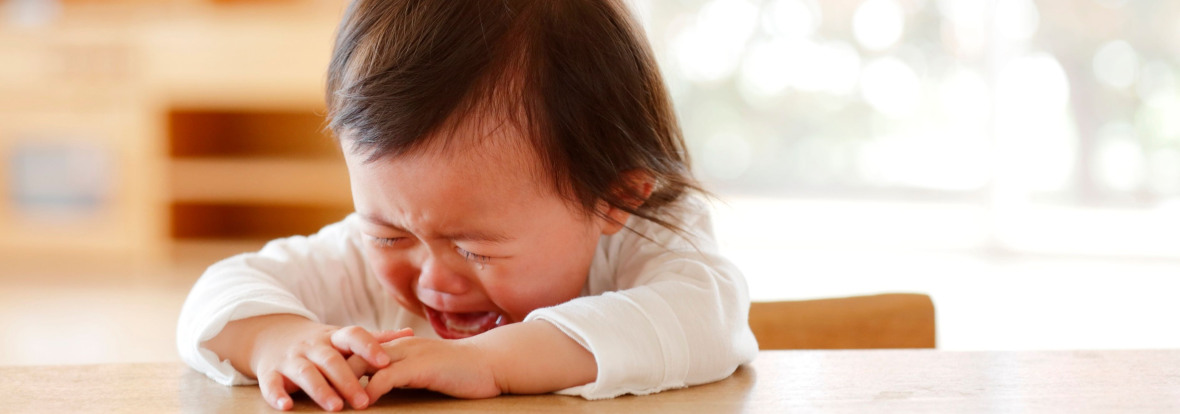Should I Be Worried When My Child Has Big Emotions?

💡 Understanding Emotional Storms Through Neuroscience
When your child cries loudly because their banana broke in half… or melts down at the end of a long day… it can feel overwhelming. But here’s the good news: these big emotions are not a sign something is wrong—they’re signs that your child’s brain is doing exactly what it’s supposed to.
According to neuroscience expert Dr. Catherine Gueguen, early childhood is marked by immature brain development, especially in the prefrontal cortex—the area responsible for impulse control, empathy, and decision-making. Children under 6 are still developing the neural networks needed to manage frustration, fear, sadness, or joy.
When a child is allowed to express emotions in a safe, loving environment such as an early childhood center—, their brain actually builds the circuits for emotional regulation. As outlined in The Book of Sustainable Education, these expressions are essential for constructing a healthy, adaptable brain.
In short: emotional outbursts are growth opportunities, not red flags.
🌸 At Blossom: Supporting Emotions with Intention
We know that big emotions aren’t just tolerated—they’re nurtured and guided. Our educators are trained in neuroscience-informed practices that recognize the child as a subject of rights and we embrace a global and compassionate approach to child development.
🧠 Activating the Brain’s Emotional Control Center
Every emotional expression is a moment to connect. Through this connection, we activate the prefrontal cortex—the brain’s command center for calm thinking and social decision-making.
At Blossom:
- We start each day with circle time emotional check-ins, helping children name and share how they feel.
- Educators validate all feelings: “It’s okay to feel angry. I’m here with you.”
- We use puppets, books, and real scenarios to teach emotional vocabulary and social understanding—essential parts of everyday preschool learning.
- Our environments are designed for co-regulation: quiet corners, soft lighting, soothing textures, and a calm adult always nearby.
These moments, repeated every day, help children build internal resilience and empathy—key ingredients for both mental well-being and future social success.
🏠 What Can Parents Do at Home?
You don’t need to “fix” your child’s big emotions. Your calm presence is enough.
🎨 Try This: Feelings Color Chart
- Create a simple poster: 💙 Blue = Sad, ❤️ Red = Angry, 💛 Yellow = Happy, 💚 Green = Calm.
- Ask: “What color is your heart today?”
- Let them choose freely—there are no wrong answers.
- Follow with a regulating activity: a big hug, deep breaths together, or drawing how they feel.
This process helps:
- Develop emotional literacy
- Create a bridge between feelings and self-expression
- Strengthen secure attachment, which is proven to build long-term emotional regulation skills
Other Home Strategies
- Say what you see: “You’re stomping. It looks like you’re frustrated.”
- Keep calm: The calmer you are, the more your child’s brain mirrors that calm.
- Stay close: Emotional safety comes from presence, not perfection.
- Integrating numbers into daily preschool activities: Let's take five deep breaths or let's count five leaves together, which can gently help children regulate emotions.
🌍 Why This Matters for the Future
Big feelings today build big capacity for empathy, focus, and resilience tomorrow.
Research from The Book of Sustainable Education emphasizes that education must start with the heart and the brain—together. When we allow children to feel, we empower them to think, relate, and thrive. This is part of a sustainable education vision: one that respects the child’s emotional world and builds the skills necessary for life in a changing, interconnected world.
At Blossom, we are proud to walk alongside families in this emotional journey—because when children are seen, soothed, and supported, they grow up knowing how to navigate the world with strength and kindness.








Elodie Bador
September 23, 2025